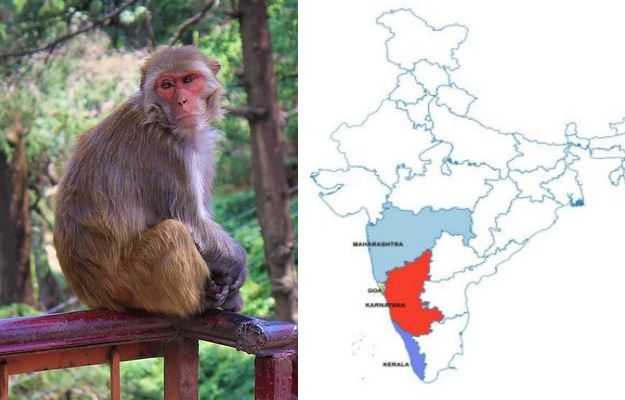Monkey fever symptoms appear within 3-8 days of being infected by the virus. The initial symptoms include high fever and chills along with muscle pain and headache. The fever may go as high as 104℉ and may last up to 2 weeks.
Other symptoms of monkey fever include:
Haemorrhagic symptoms appear after 3-4 days of the appearance of the fever. It is usually associated with nosebleeds and bleeding from gums. Intestinal bleeding may also occur, which is apparent in the form of bloody stools.
Papulovesicular lesions may develop in the soft palate, which may manifest as fluid-filled sacs (called vesicles) in the roof of the oral cavity
Some people may also experience respiratory discomforts like a cough and blood in sputum; however, this condition resolves itself after a while.
Swelling in the cervical, axillary and epitrochlear lymph nodes is yet another symptom of this disease.
In most cases, the recovery is complete and symptoms disappear within a week or two.
However, general weakness, muscle twitching, and coarse tremors may be experienced during the recovery period. The affected individual may also experience itching, numbing or chilling sensations in the skin.
In about 10-20 % of the patients, the disease may relapse. The febrile phase, in this case, could be associated with some neurological symptoms which include drowsiness, mental disturbances, confusion, loss of consciousness and in a rare few cases, meningoencephalitis. However, the evidence of the latter is not as apparent.
Severe cases are only noted if the disease is left untreated or in case of excessive haemorrhage. The mortality rate of the disease range from 2 to 10 % and is mainly high in areas which lack proper health facilities or awareness.
Older and immunocompromised people are also at a higher risk of mortality. (5)

 Doctors for Monkey Fever
Doctors for Monkey Fever 




































